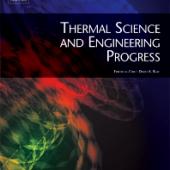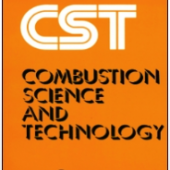The effect of natural gas composition and atmospheric humidity on premixed combustion across the regions of Colombia
As a tropical and highly mountainous country, Colombia has varying levels of atmospheric humidity across its regions. These humidity levels affect combustion parameters in premixed combustion systems such as laminar burning velocity, adiabatic flame temperature, and pollutant emissions. The greatest effect of water in the reaction zone is the reduction of NOx formation (at equilibrium) by up to 40% through the thermal mechanism for lean mixtures. The laminar burning velocity is reduced by up to 25% at an equivalence ratio of 0.5 and a molar moisture content of 3.5%.



